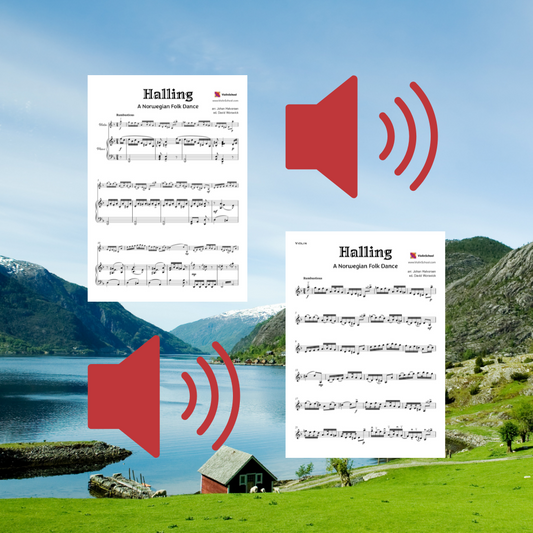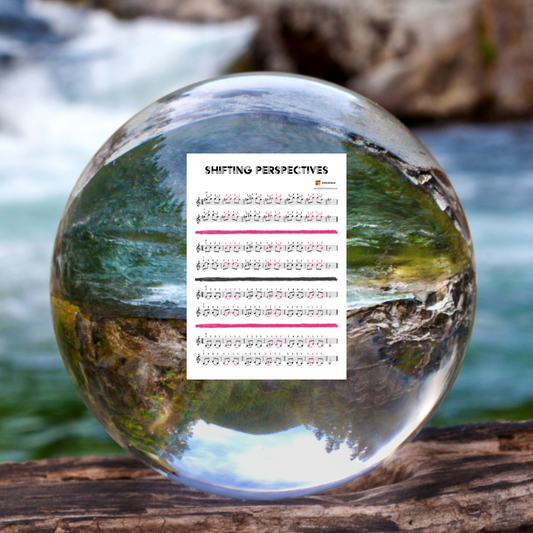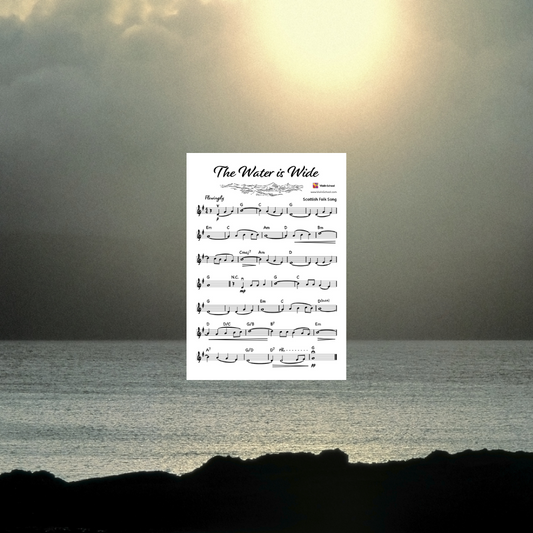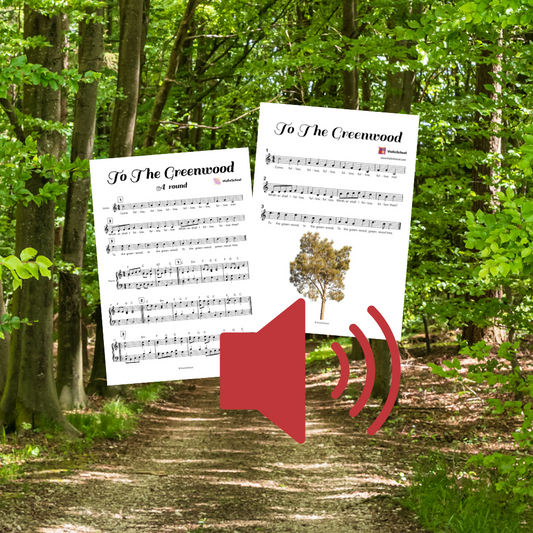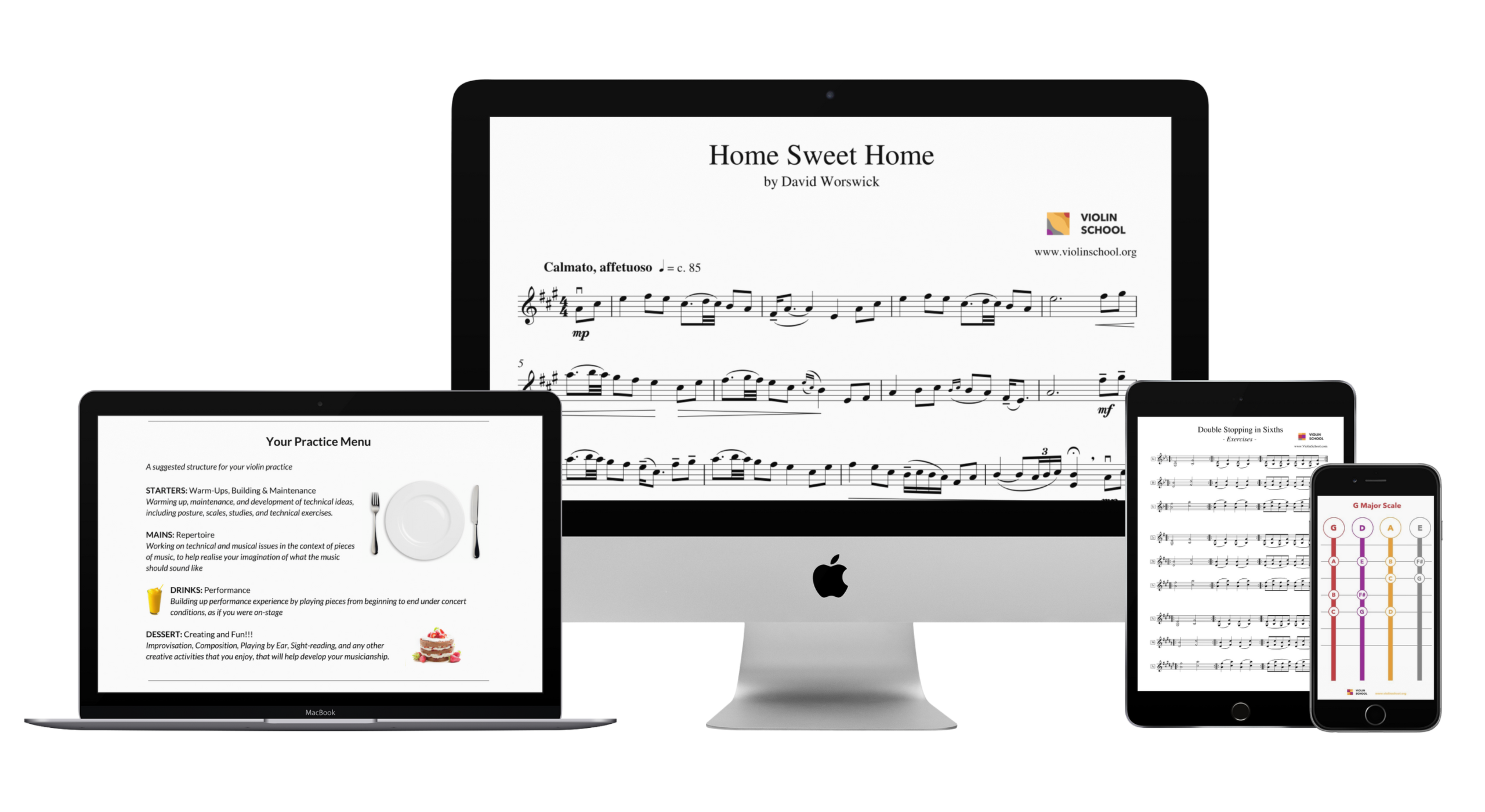
ViolinSchool Music & Downloads
Featured products
-
Halling - Halvorsen
Regular price £2.00 GBPRegular priceUnit price / per -
Shifting Perspectives
Regular price £0.50 GBPRegular priceUnit price / per -
The Water is Wide
Regular price £0.50 GBPRegular priceUnit price / per -
To The Greenwood
Regular price £1.50 GBPRegular priceUnit price / per

